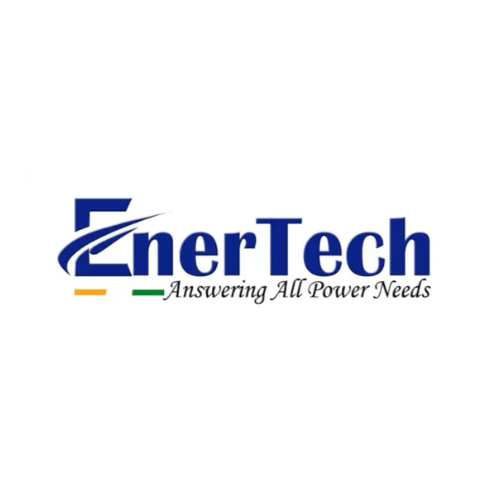Notifications

5 minutes, 30 seconds
-117 Views 0 Comments 0 Likes 0 Reviews

Introduction
As solar power adoption grows across homes, businesses, and industries, the demand for high-efficiency energy conversion becomes more critical than ever. At the heart of any solar energy system lies the solar inverter — the device responsible for converting DC power from solar panels into usable AC power. But not all inverters are created equal. Modern solar inverters increasingly rely on MPPT technology (Maximum Power Point Tracking) to maximize output and efficiency.
Whether you're installing a residential system or a 3 phase solar inverter for industrial use, understanding the role of MPPT solar inverters is key to making a smart and future-ready investment.
MPPT stands for Maximum Power Point Tracking, a smart algorithm built into solar inverters. Its purpose is to ensure your solar panels always operate at their optimum voltage and current to produce the maximum possible power output, regardless of varying sunlight, shading, or temperature conditions.
Each solar panel has a “sweet spot” — the point at which it generates the most power. MPPT technology tracks and adjusts to that point in real-time, making your inverter smarter and more efficient.
Unlike traditional inverters that operate at fixed parameters, an MPPT solar inverter dynamically adjusts to get the maximum energy from each solar panel or string of panels. This means higher energy yields, even during fluctuating sunlight conditions such as cloudy days or partial shading.
In standard or PWM (Pulse Width Modulation) inverters, voltage mismatches between the panel and the battery/inverter can lead to significant power loss. MPPT eliminates this mismatch by adapting the voltage input in real-time, making the entire system more efficient.
MPPT inverters shine in sub-optimal conditions. If a few panels are shaded due to trees, buildings, or debris, MPPT ensures the rest of the system still performs at its peak, minimizing the impact of the shading on overall output.
Solar panel performance varies with temperature and solar intensity. MPPT technology constantly recalculates and adjusts the operating point, ensuring your solar inverter delivers optimal performance year-round.
In large-scale solar installations, such as factories, commercial buildings, or grid-tied farms, 3 phase solar inverters are commonly used. MPPT ensures that these systems maintain consistent output even under variable load conditions, making it critical for large operations where stability and efficiency directly impact energy cost savings.
Residential rooftop systems: Ensures maximum power generation, especially in varied sunlight conditions.
Commercial buildings: Helps reduce dependency on grid power by boosting efficiency.
Industrial setups: MPPT-equipped 3 phase solar inverters power large machinery and processes more reliably.
Off-grid and hybrid systems: MPPT is essential for smart charging of batteries, preventing undercharging or overcharging.
| Feature | MPPT Inverter | PWM Inverter |
|---|---|---|
| Efficiency | 94–98% | 70–80% |
| Energy Harvest | Higher (adaptive) | Lower (fixed voltage) |
| Cost | Higher initial cost | Lower upfront cost |
| Suitability | All system sizes | Small systems only |
| Performance in shading | Excellent | Poor |
| Use in 3 phase solar setups | Yes | Not ideal |
Conclusion: MPPT inverters offer far greater returns on investment despite their slightly higher cost.
When selecting a solar inverter, look for:
Multiple MPPT trackers (ideal for systems with panel arrays facing different directions)
Monitoring and diagnostics (via app or web portal)
High conversion efficiency
Brand reputation and after-sales service
For larger installations, such as in commercial or industrial buildings, a 3 phase solar inverter with built-in MPPT ensures optimal energy management and grid compliance.
In today's solar energy systems, MPPT technology is no longer optional — it's essential. Whether you're planning a rooftop solar array for your home or installing a 3 phase solar inverter for industrial use, opting for an MPPT solar inverter ensures higher efficiency, smarter energy management, and faster ROI.

